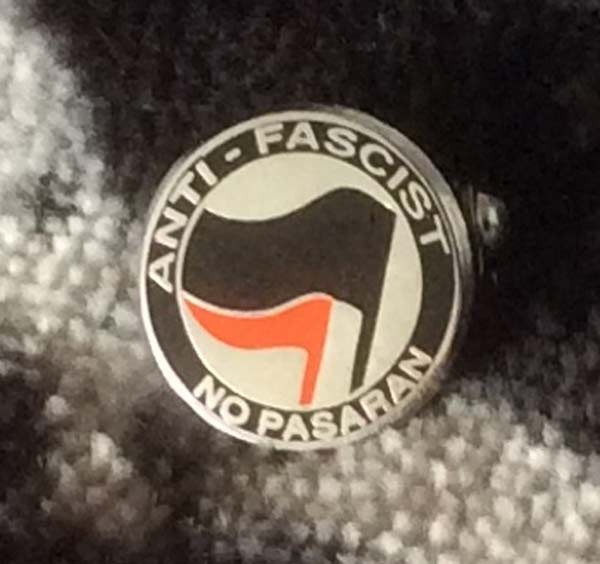Pink Triangle (Anti Nazi Brooch for Homosexuals)
£1.50
Pink triangles identified the thousands of gay men who were sent to concentration camps. This tie pin brooch commemorates them.
In stock
Description
The Third Reich utilized a myriad of colored triangles to classify the various groups of peoples they interned in concentration camps. The colors of the triangles were as follows: red for political dissidents, green for criminals, purple for Jehovah’s Witnesses, blue for emigrants, brown for Gypsies, black for lesbians and other “anti-socials,” and pink for homosexual men. The pink triangles symbolized the femaleness of this group of detainees whose masculinity was diminished within the context of Nazi heterosexism. Additionally, the pink triangles were generally larger than other triangles because the Nazis wished gay men to be especially visible (Rector, 1981). Jews, by contrast, were marked by six-pointed, yellow Stars of David within which the word “Jew” was inscribed.
Pink triangles identified the thousands of gay men who were sent to concentration camps as “175ers.” The number 175 refers to the paragraph within the penal code, adopted in 1871, that criminalized male homosexuality. The law was later broadened by the Nazis in 1935 to include any form of “lewdness” between two men. This meant that “as little as a mere kiss or an embrace, or even fiction with homoerotic content” was a crime for which the “criminal” was to serve six months (Fernbach, 1980, p. 11). After 1936, homosexual men were deported to concentration camps, and while at no time were they sent en masse, as gay men, to the extermination camps of Auschwitz, few survived the concentration camps. Still, the persecution of gay men was never “wholesale or systematic” (Oosterhuis, 1991, p. 248). Unlike Jews, whose religious affiliation was routinely noted on birth certificates, or leftists, whose political sympathies were determined by party lists, gay men were not as readily identifiable. More importantly, “homosexuals were the only group . . . not singled out for immediate extermination in countries conquered by Nazis . . .” (Plant, 1986, p. 100). This was because Himmler believed that “homosexuality among subject peoples would hasten their . . . demise” (Plant, 1986, p. 99). Consequently, non-German homosexuals were often not punished as were their German counterparts. Indeed, during the Olympic Games of 1936, some Berlin gay bars were permitted to reopen and police were ordered not to bother foreign gay visitors (Plant, 1986, p. 110; Rector, 1981).
regime’s reaction to male homosexuality was not uncomplicated. Although male homosexuality was vigorously denounced and out(ed) gay men usually paid the penalty with their lives, homoeroticism was a central component of “male bonding” within the Reich’s all-male paramilitary organizations (e.g., the brown-shirted SA, Sturmabteilung [storm troops], Hitler Youth, and even the elite black-uniformed SS, Schutzstaffel [defence echelon]). When complaints of blatant homosexual behavior within the SA reached Hitler, he stated that the private lives of officers “cannot be an object of scrutiny unless it conflicts with basic principles of National Socialist ideology” (Plant, 1986, p. 61). It was only when the SA proved unruly that Hitler demanded the killing of his gay SA chief Ernst Rohm and the immediate expulsion of other gay men from the SA and the Nazi party. Nonetheless, homoeroticism continued to characterize the nationalist propaganda that fueled the movement (Theweleit, 1987). “Some homosexual artists even enjoyed the protection of Nazi functionaries” (Oosterhuis, 1991, p. 248). Moreover, even the interactions that Hitler had with his immediate subordinates were tinged with an element of the homoerotic. Hermann Göring once said of Hitler, “Every time I face him, my heart falls into my trousers” (Leidholdt, 1983, p. 21). Throughout the reign of the Third Reich, many distinguished gay men lived undisturbed in Germany while thousands of others perished in concentration camps.
Additional information
| Weight | 0.010000 kg |
|---|





